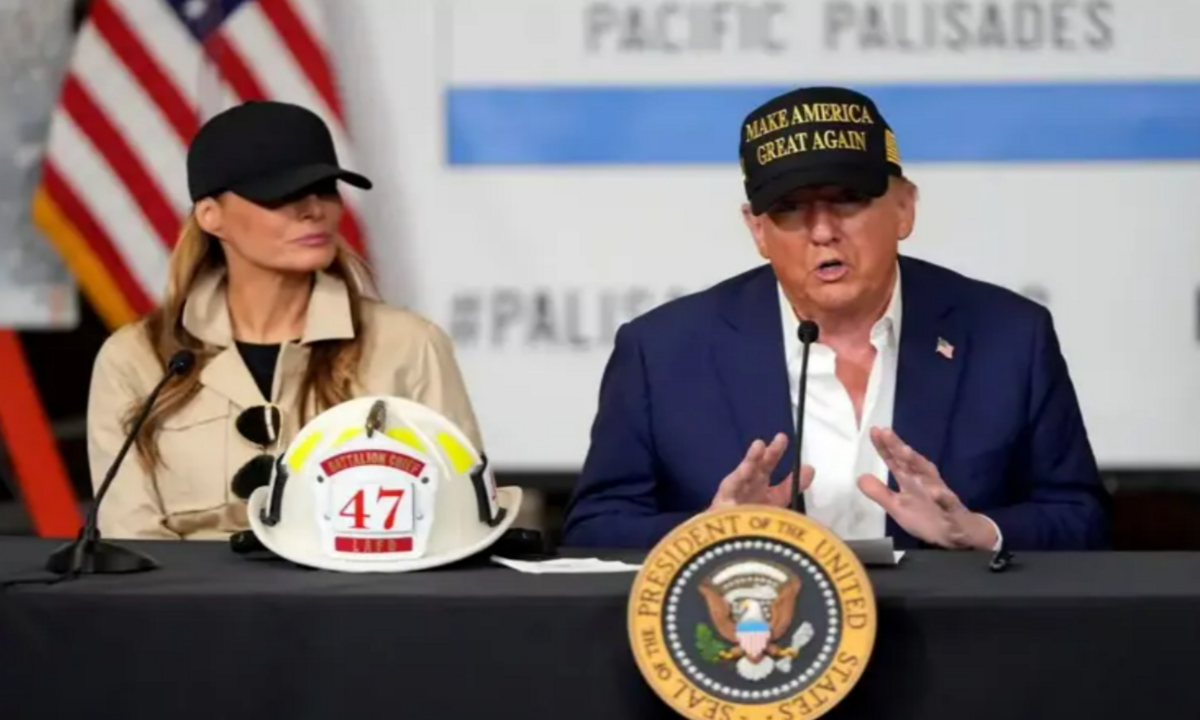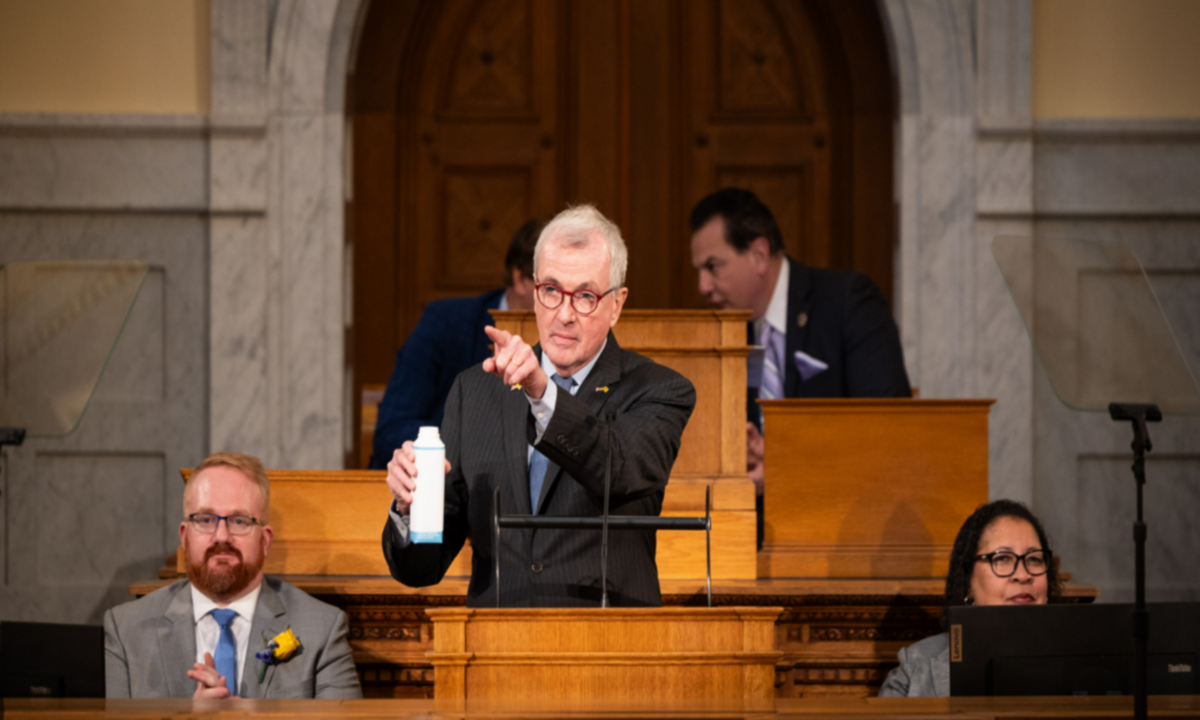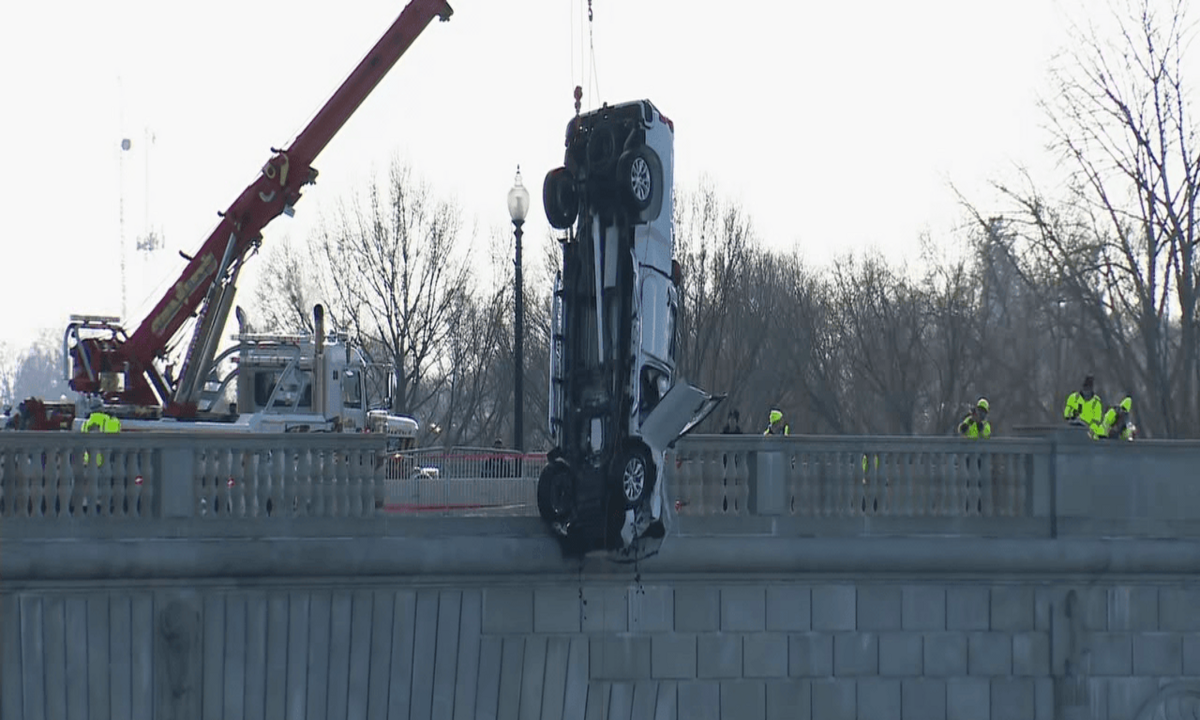In a move that has drawn significant attention, President Donald Trump recently signed an executive order aimed at reviewing the Federal Emergency Management Agency (FEMA). This decision comes after the President expressed frustration with FEMA during his visits to North Carolina and California, criticizing the agency for its handling of disasters and hinting at a potential overhaul.
What’s in the Executive Order?
The executive order signed by President Trump on Sunday evening establishes a new task force to conduct a review of FEMA’s operations. This task force, named the Federal Emergency Management Agency Review Council, will be tasked with evaluating FEMA’s effectiveness and its role in disaster response. It will be co-chaired by two prominent figures: Homeland Security Secretary Kristi Noem and Defense Secretary Pete Hegseth.
The council is expected to include members from various government agencies as well as outside experts, who will help assess FEMA’s performance and suggest possible reforms. The review process is set to take one year, with the final report due 180 days after the first public meeting, which will take place within the next 90 days.
Why the Criticism?
President Trump’s criticism of FEMA has been sharp. During his visits to North Carolina and California, he labeled the agency as “incompetently run” and stated that FEMA had “let the country down.” He also expressed concerns about FEMA’s handling of various disaster responses, suggesting that the agency’s focus had shifted away from its core mission.
Trump’s criticism specifically targets FEMA’s resources and staffing. According to the executive order, FEMA has been “diverting limited staff and resources” to handle issues beyond its intended scope, spending billions of dollars on tasks that are not related to disaster relief. One of the key points of contention was FEMA’s spending on welcoming illegal immigrants, which the order claims has taken away from its primary duties.
Additionally, the executive order highlights concerns over political bias within the agency. Trump referenced an incident where a FEMA supervisor allegedly instructed staff to avoid homes in Florida that were “advertising Trump.” This sparked accusations that political bias may be affecting FEMA’s ability to provide fair and efficient assistance during times of crisis.
The Review Council’s Goals
The Federal Emergency Management Agency Review Council will be tasked with producing a detailed report after its year-long evaluation. Some of the key areas that the council will focus on include:
Assessment of FEMA’s Disaster Responses: The council will review FEMA’s actions during the past four years, analyzing how the agency has responded to various disasters across the country. This includes evaluating FEMA’s efficiency and the adequacy of its staffing and resources.
State vs. Federal Disaster Responses: The council will compare FEMA’s efforts to local and state disaster relief responses. There will be a focus on whether FEMA has overstepped its bounds by taking over roles that could be better handled at the state level.
FEMA’s History and Purpose: The council will examine the historical background of FEMA, looking at how the country managed disaster response before the agency was created and whether FEMA’s role has evolved in a way that still serves the best interests of the states.
Support vs. Superseding States: A key concern for the review will be whether FEMA should support states in their disaster responses or whether it should have more power to take over disaster management at the federal level.
Proposed Reforms: Finally, the council will look into potential reforms, analyzing arguments for and against changes to FEMA’s structure and powers.
What’s Next?
The review process will take time, with a series of public meetings and reports to be released over the next year. The council’s first public meeting is set to take place within 90 days, where it will begin gathering input and working on its evaluation of FEMA. Once the report is complete, it will outline recommendations for possible changes to FEMA’s operations and structure.
What Does This Mean for FEMA’s Future?
Trump’s executive order has raised questions about the future of FEMA and its role in disaster management. While the review process is underway, FEMA’s critics argue that it may not be functioning as efficiently as it could, especially in comparison to state-led disaster response efforts.
On the other hand, FEMA’s supporters argue that the agency plays a crucial role in coordinating national disaster responses and that it should not be weakened or sidelined. As the task force evaluates FEMA’s performance, it remains to be seen whether significant changes will be made or if the agency will continue to function in its current capacity.
In the meantime, the nation’s emergency management will continue under the shadow of this review, as many wait to see what recommendations the task force will make and whether they will lead to substantial reforms.
Disclaimer—Our team has checked this article to ensure its accuracy and eliminate any misinformation. We are committed to providing clear and reliable information for our readers.




